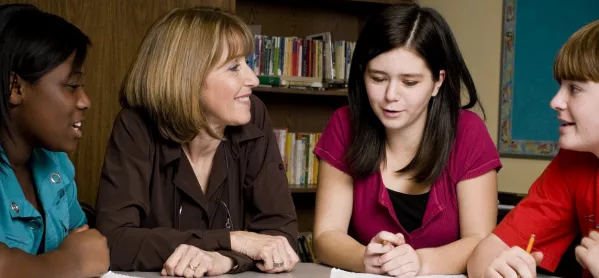Schools continued to spend a growing portion of their budgets on teaching assistants, even after funding started to be squeezed, a new analysis shows.
The figures, shared with Tes by the Institute for Fiscal Studies, reveal that maintained schools steadily increased their spending on teaching assistants between 2002 and 2016.
In 2002-3, primary schools spent 11.1 per cent in 2002-3, climbing to 16.3 per cent by 2010-11, the year that funding started to slow. But TAs’ share of school budgets continued to grow, to 18.1 per cent in 2016-17.
Secondary schools saw a similar trend.
Luke Sibieta, IFS programme manager, who carried out the analysis, said: “These figures imply that primary schools continued to increase their reliance on teaching assistants, even after funding began to be squeezed from 2010 onwards.
“With teaching assistant numbers up by 40,000 or 30 per cent between 2011 and 2016, primary schools probably spent a good deal of their pupil premium money on employing extra teaching assistants.
“Evidence suggests these extra TAs could have helped reduce the attainment gap if they were deployed in effective ways, e.g. delivering structured one-to-one interventions, but there is unfortunately still quite a lot of poor practice out there too.
By contrast, the proportion of school budgets put towards teachers has fallen over the same period.
In 2002-3, maintained schools spent 58.4 per cent of their budgets overall on teachers, but this shrank to less than half (45.1 per cent) by 2016-17.
Some research has shown that TAs are ineffective when it comes to improving pupil outcomes - or that schools do not use them effectively.
However, the Education Endowment Foundation says more recent studies have shown they can have a more positive impact.
This is an edited article from the 2 January 2018 edition of Tes.
Want to keep up with the latest education news and opinion? Follow Tes on Twitter and Instagram, and like Tes on Facebook




